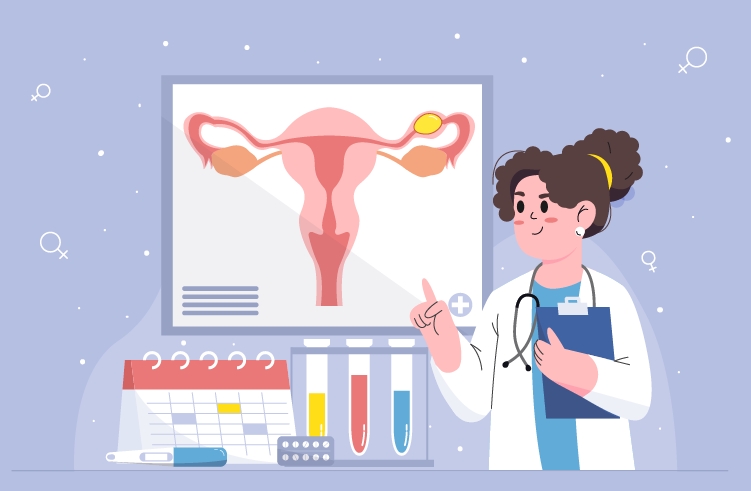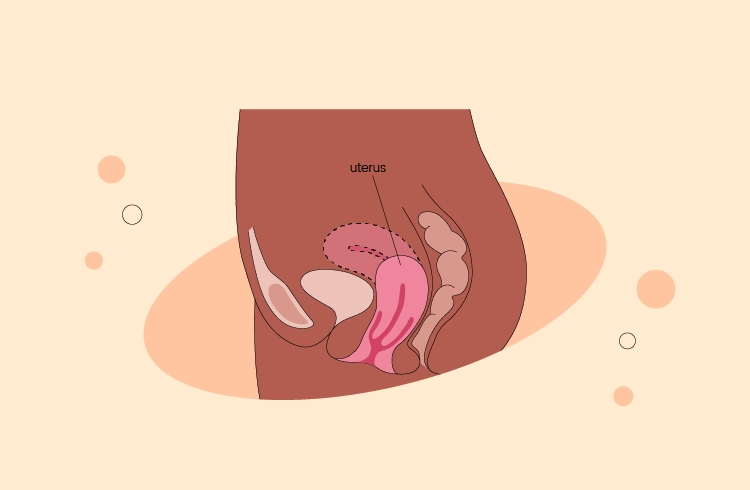What will I learn today?
1.What BBT charting is
2.How to read your BBT chart for ovulation
3.How to measure your BBT
Why does this matter when trying to get pregnant?
Understanding your BBT will help you to identify your fertile window, when you ovulated, and also give you a clue as to whether you've conceived.
BBT charting is measuring your temperature in the early morning before you get up (even before you go for a quick morning wee!). The idea is to catch your temperature at its lowest, or base. This is important when tracking fertility as your base temperature will hopefully have a pattern that it follows throughout the month, dips and peaks in your BBT will illustrate when you're fertile, and also when you've ovulated. Many women can also spot the onset of their period using BBT charting.
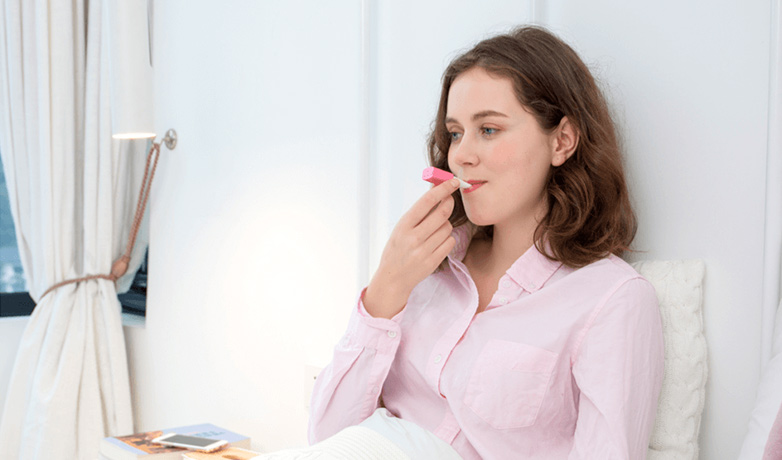
How can BBT show ovulation?
Just before ovulation, you may notice a small dip in your BBT, but this isn't always the case. The rise in BBT after ovulation is what we're really looking for. This is confirmed when you see 3 consecutively higher temperatures after the previous lower 6… Sounds complicated but don't worry, it's not.
Essentially, you should see a rise in your BBT that lasts at least 10 days, this should be higher than the 6 last measurements you took before the rise. The increase in temperature is very small, usually around 0.4F (0.2C), but it's easy to see when you use an app like ours. (Download Femometer App here)
This rise in temperature is due to an increase in progesterone which happens after the egg is released.
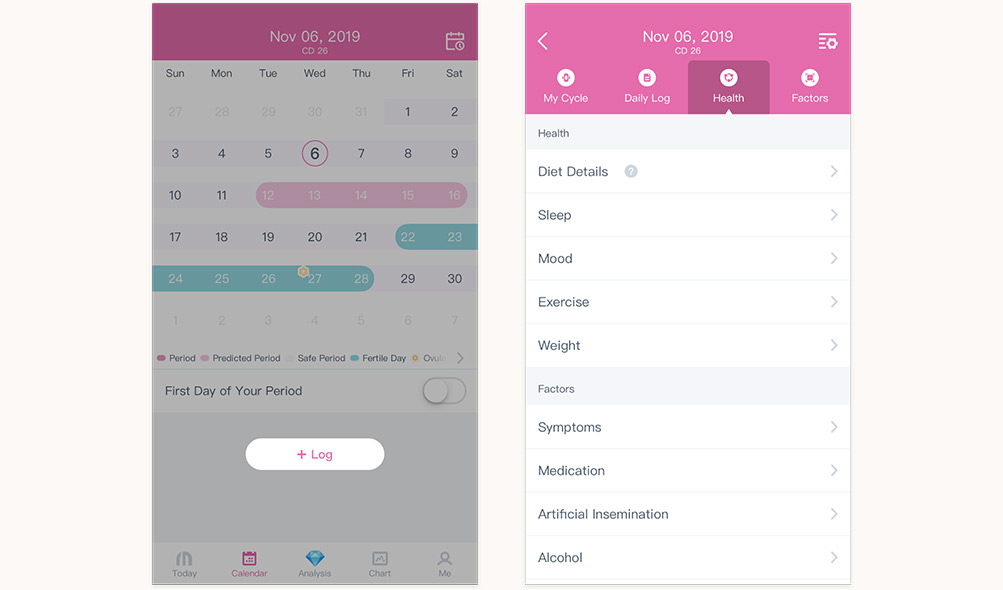
“I started to chart my temperature immediately when I received the femometer basal thermometer and download the femometer app. They were indeed very encouraging and helped me understand my cycle. The vinca basal thermometer auto-syncs temperature readings to the app and turned into a graph in such a convenient way that I was excited to see how my graph will change each morning. I feel I'm in control knowing when I will be fertile.”
———— Salinee from Mauritius
Does BBT rise straight after ovulation?
Most people think that BBT rises straight after ovulation. This isn't strictly true. Some women experience a shift in BBT that takes 2-3 days to reach the temperatures it will remain at for the luteal phase.
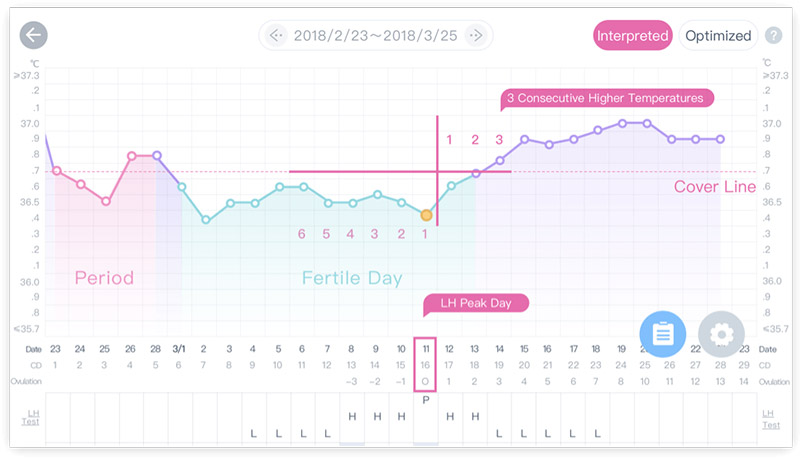
This is why it's always a good idea to combine BBT with hormone and symptom tracking to get a much clearer idea of when your fertile window is.
(Shop Digital Fertility Booster to pinpoint fertile days more precisely)
What should BBT look like in the luteal phase?
In the luteal phase, your BBT should remain consistently higher than your follicular phase. The rise in temperature is typically around 0.4 degrees Fahrenheit or 0.2 degrees Celsius, that said, the rise can also be as small as 0.2 degrees Fahrenheit or 0.1 degrees Celsius. Your BBT should remain at this raised level until you get nearer to the start of your period.
At the end of this phase, you will see your BBT start to drop, this usually indicates a drop in progesterone and the onset of your period. If your temps remain high, it's usually a good indication of pregnancy.
Femometer APP learns about your BBT patterns and offers you insights and advice in predicting your ovulation for the following month. The app needs a few cycles to understand what your BBT normally looks like, but you can also take your charts and layer them over previous charts, this way you can predict your fertile window by comparing the previous month's ovulation dates.
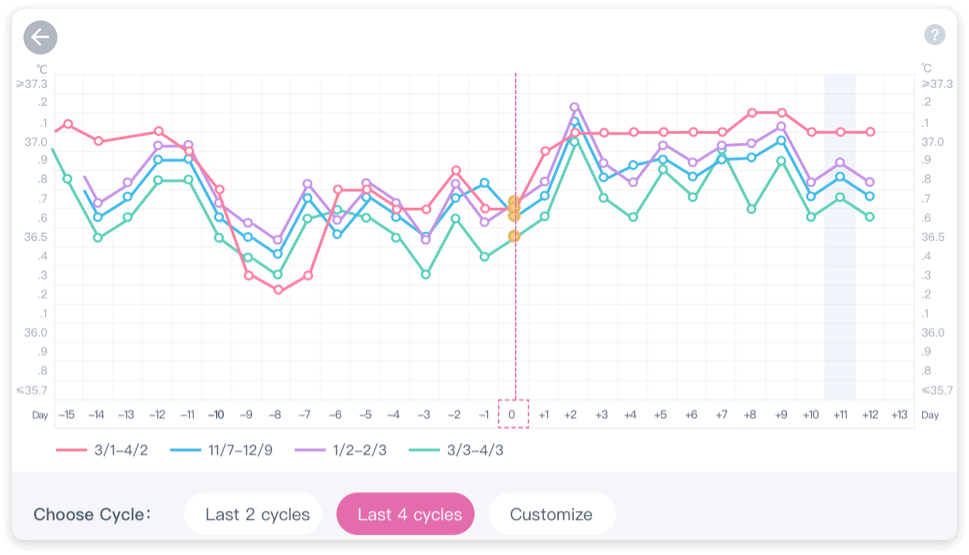
As well as being able to compare your own BBT charts, you can compare your chart to other women, and you can decide what you want to match; Do you want to match your charts from the period start date to see temp changes? Maybe you'd like to see how a pregnant woman's chart changes after implantation. Our main aim is to give you the tools you need to spot your own ovulation patterns.
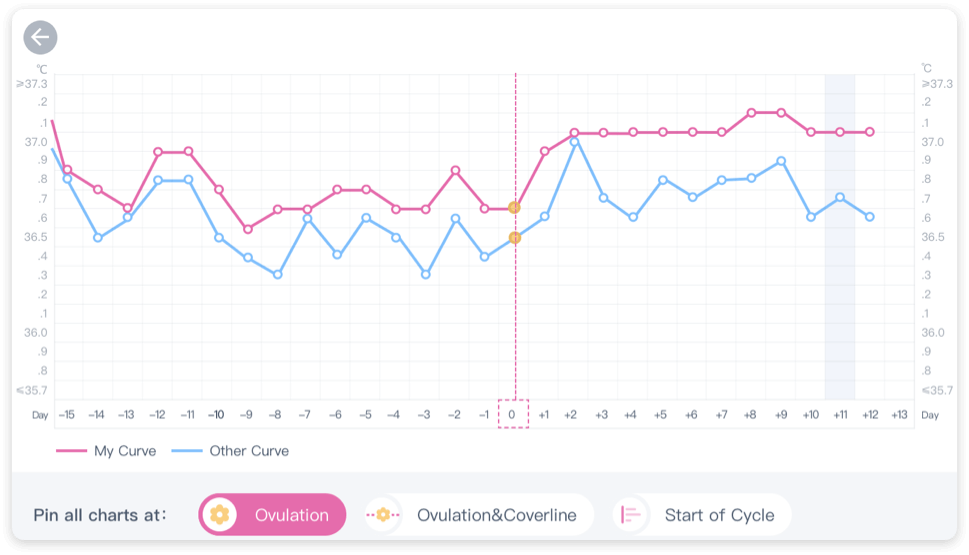
How do I measure my basal temperature?
Measuring BBT is very easy, it just requires you to take your temperature in the morning before you get up and move around with a high-precision thermometer. Your temperature doesn't fluctuate too much in an overall cycle, so you need a thermometer that can show even the smallest changes in detail.
Our Basal thermometers (Vinca 1& 2) measure to 1/10th (98.6) of a degree in Fahrenheit or 1/100th (37.00) of a degree in Celsius. This allows you to note even the tiniest changes in your basal body temperature. You can take your temperature either orally or vaginally using Vinca. We've created the product using easy-to-clean materials and it's best to clean your thermometer after every use.
(Shop Femometer Vinca Basal Thermometer)
Things that can affect your BBT charting
1. Consistent measurements
Only thing to remember when using BBT charting is that you have to be consistent with your measurements. You need to measure at more or less the same time every day before you've sat up or moved around - no going for a wee and then taking your temperature!
We've designed Femometer to help you take your temperature at the same time every day - there's a built-in alarm you can set and adjust the volume.
2. Enough sleep
You need to have been asleep for at least 6 hours too. This is because you need to capture your temperature at its complete lowest, and lack of sleep and moving around things can affect that.
3. Other factors
Keep in mind that your basal body temperature will be affected by many other things, including but not limited to:
- Illness, like fever
- Emotional stress
- Medication
- Alcohol
If you have a basal temperature that is abnormal for some reason, perhaps you're ill or haven't had very much sleep, you can hide this temperature from your chart so it doesn't affect being able to spot your patterns or the insights we offer.
Round up!
- You need to take your BBT before you get out of bed!
- A continued rise in BBT indicates ovulation has occurred
- A BBT which remains elevated for longer than 16 days after ovulation suggests pregnancy has occurred.
Femometer believes that every woman should be empowered and equipped with the knowledge to understand their unique cycle and symptoms. We made Femometer App combined with Vinca Basal Thermometer as an effortless solution to take, record, and provide insights into your unique cycles, thus, you'll be able to map out everything and get valuable advice into how to get pregnant faster.






